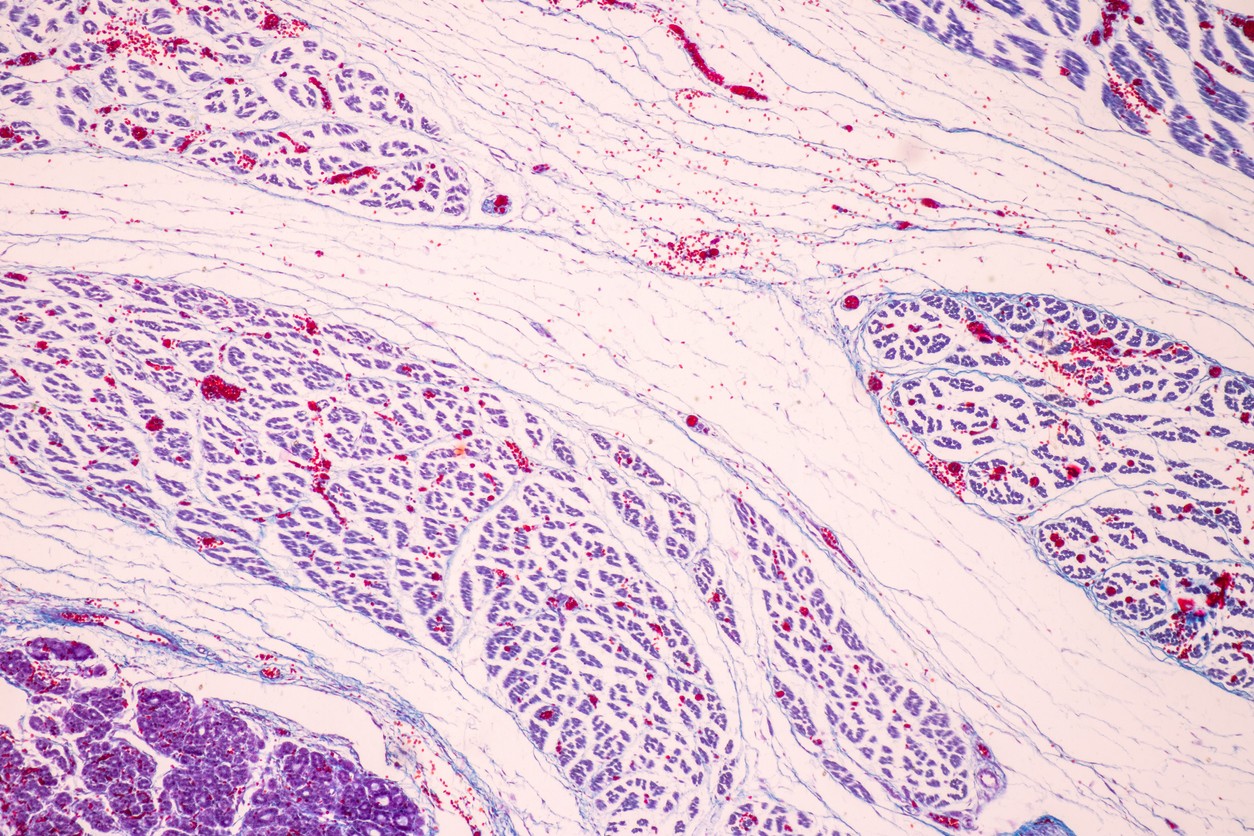The speculation is that Thyrotropin might influence the synthesis of thyroglobulin and the growth of thyroid cells. Researchers suggest that the paraventricular cells of the hypothalamus might secrete a Thyrotropin-releasing hormone (TRH), which then may command the release of the thyrotropin hormone. This release might form a hypothalamic pituitary thyroid axis in which the regulation of the secretion of hormones could occur through a feedback mechanism. It is suggested that whenever there is excess thyroxine in the circulation, this might act on the specific receptors of the pituitary, potentially suppressing the level of thyrotropin and, ultimately, Thyrotropin-Releasing Hormone. If there is insufficient thyroxine in the circulation, researchers propose that the positive feedback from elevated thyrotropin levels may stimulate the release of further thyroxine.
Thyrotropin levels might naturally be elevated in primary hypothyroidism and suppressed in thyrotoxicosis.The circulating levels of thyrotropin may manifest circadian and pulsatile variation, with concentration exceptionally high during rapid growth and development and increased metabolic demand. Another hormone released by the hypothalamus, called Somatostatin, might antagonize the action of Thyrotropin.
Thyrotropin is considered a glycoprotein consisting of Alpha and Beta subunits. The alpha subunit appears to be similar to other glycoprotein hormones such as Luteinizing hormone (LH), Follicle Stimulating Hormone (FSH), and Chorionic Gonadotropin (HCG). Conversely, the beta chain might differ in these glycoproteins, imparting unique biological characteristics. Researchers suggest that these glycoproteins function through Cyclic Adenosine Monophosphate (cAMP), potentially signaling the second messenger system. The dual messenger system may convert Adenosine monophosphate into Cyclic adenosine monophosphate.
Thyrotropin might activate another signaling cascade, called the Inositol Triphosphate second messenger system (IP3). Researchers propose that Thyrotropin might activate specific G protein-coupled receptors on the surface of thyroid follicular cells, leading to the activation of both cAMP and IP3 /Ca+2 pathways. This activation might ultimately enhance iodine uptake in the follicular thyroid cells, and an array of further steps might lead to the formation of T4 and T3, considered to be responsible for all the downstream physiological effects of the thyroid hormone.
Research Implications of Thyrotropin
Thyrotropin has been hypothesized to impact various physiological processes via the production of Thyroxine T4 and Triiodothyronine T3.
Regulation of metabolism: Thyrotropin peptide might stimulate the thyroid gland’s secretion of Thyroxine T4 and Triiodothyronine T3. This hormone may activate various metabolic processes, including increased glucose absorption, gluconeogenesis, glycogenolysis, lipolysis, and synthesis/degradation of the protein.
- All of these phenomena could lead to a net state of catabolism.
- The speculation is that the thyroid hormone might regulate metabolic rate, and thereby weight.
- It may help maintain temperature homeostasis in animal models.
- It may regulate the rate of the regeneration process of various tissues.
- The thyroid hormone might affect gastric emptying.
- It may control muscle contraction.
Potential of Thyrotropin as a Screening Test: Speculatively, it might be the first-line screening test in diagnosing both a state of hypothyroidism and hyperthyroidism. Measuring the thyrotropin level may prove to be a better method than measuring direct T3 and T4. This consideration was formed for two reasons. First, the thyrotropin levels may be affected before the T3 and T4 groups appear to change in any pathological state. Secondly, it may be more reliable than T3 and T4 levels as these fluctuate and remain volatile.
Disclaimer: The products mentioned are not intended for human or animal consumption. Research chemicals are intended solely for laboratory experimentation and/or in-vitro testing. Bodily introduction of any sort is strictly prohibited by law. All purchases are limited to licensed researchers and/or qualified professionals. All information shared in this article is for educational purposes only.






